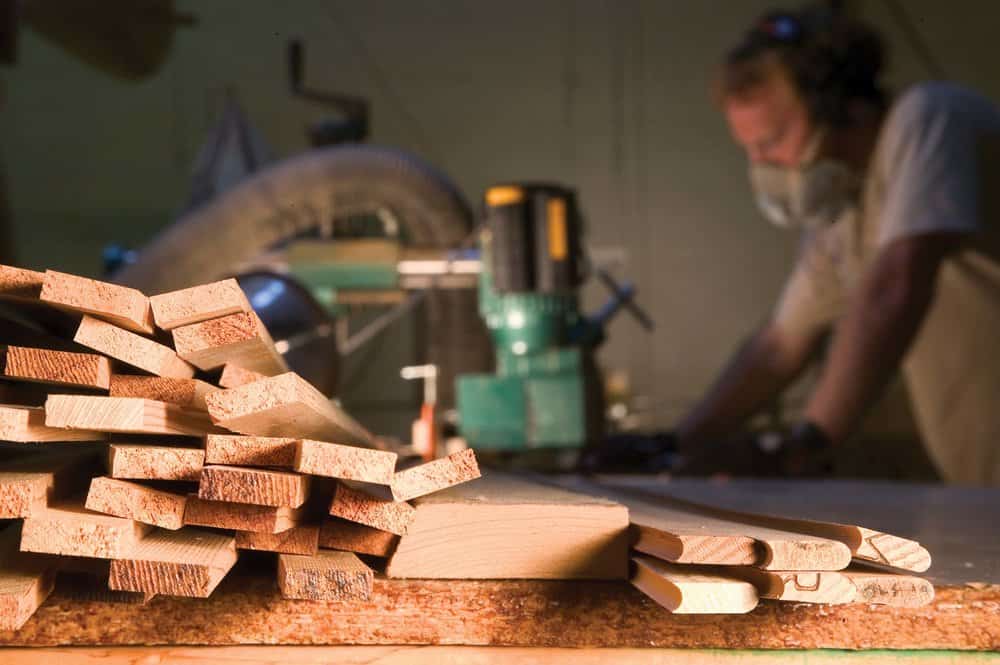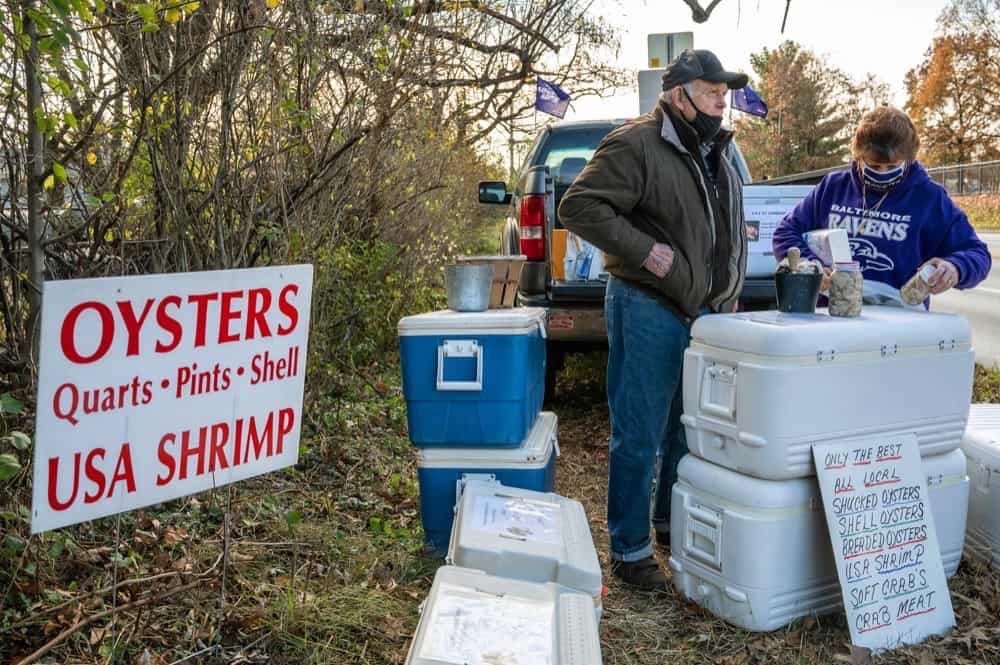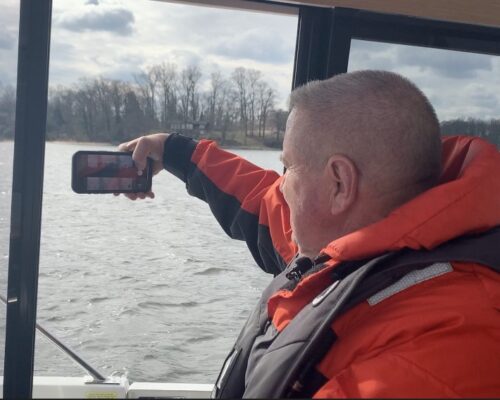So many times, it boils down to what you absorbed in your sponge-like state as a youngster.
Let’s say, for instance, your father was an engineer brilliant enough to create complex systems to power space probes. This dad loved sailing, and he also cultivated an ethos of making stuff—if you needed a coffee table, say, or an air compressor, you went out in the garage and you built it.
Sounds ideal for a kid who also loved building things—boats particularly—except that this kid was really way more right brain than left, not into the whole math thing (at least, not then). And, it doesn’t help, really, when said kid falls in love with Arthur Ransome’s Swallows and Amazons, and then devours Robin Lee Graham’s Dove dozens of times before he’s 12 years old, to be followed by Tania Aebi’s Maiden Voyage—all stories of youthful rebellion and sailing adventure in smallish boats that inevitably lead him to ask, “If they can do it, why can’t I?”
And then, says John Harris, rummaging around on one of his many bookshelves in his office at Chesapeake Light Craft, there was this, and he holds up the August 1988 issue of WoodenBoat magazine, with a photo of Russell Brown, son of trimaran guru Jim Brown, sailing a proa.
“This is pretty much what destroyed me,” Harris says. “That’s Russell on the cover. He dropped out when he was like 16, his parents just let him go cruising on a boat he had built himself.” But Harris’ dad wouldn’t have been sold on that idea. “I grew up in the deep South, very traditional.
So no, there was not going to be any dropping out and going anywhere.”
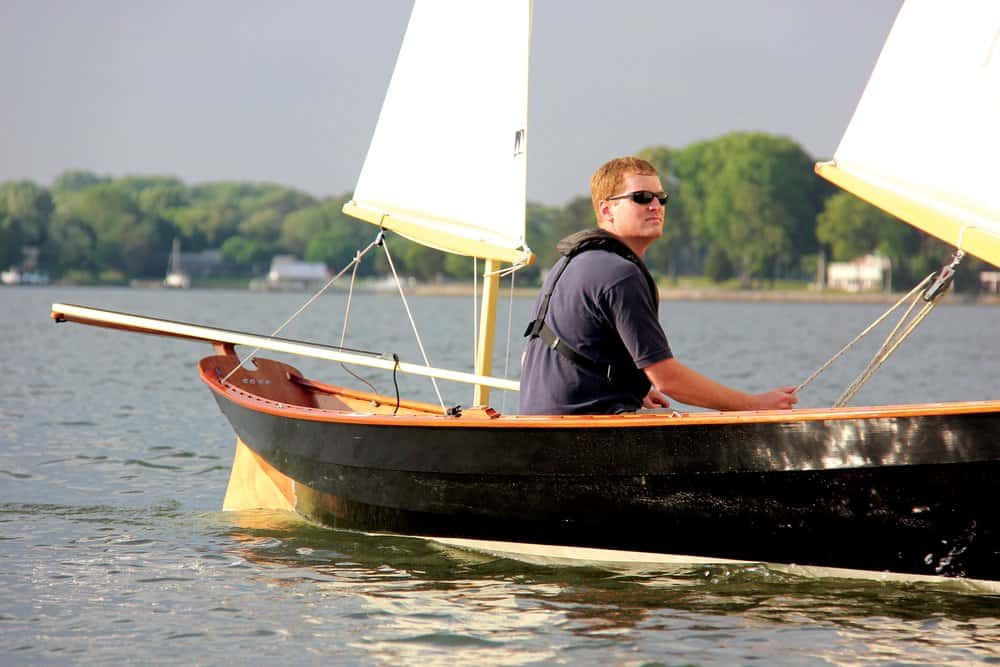
Nowadays, at 45 years old and extremely proud of, and close to, his father (who, among other things, helped create the fuel cells powering the Cassini probe through its exploration of Saturn), Harris is grateful for his parents’ insistence that he get a liberal arts college degree. But he still exhibits a great deal of that whimsical, rebellious, artistic kid, the one who soaked up that maker culture his father mentored before it was ever called “maker culture,” and, inevitably, some of those engineering genes and tendencies. And, the one who craved independent adventure in small boats.
Clearly, that’s been a potent combination for Chesapeake Light Craft (CLC), arguably the world’s most successful kit-boat company, which he helped fledge right out of college and has owned since 1999. Now with 112 designs ranging from kayaks to pocket cruisers and recently, a teardrop camper that is knock-down charming and selling like hotcakes, CLC sells about 2,000 kits a year that the Annapolis-based company ships to more than 70 countries. With its patented LapStitch construction method, and meticulously written and illustrated manuals, CLC makes it relatively easy for amateurs to build their own beautiful boats without a lot of complicated woodworking. By 2016, CLC had shipped 30,000 kits and had revenues of about $4 million.
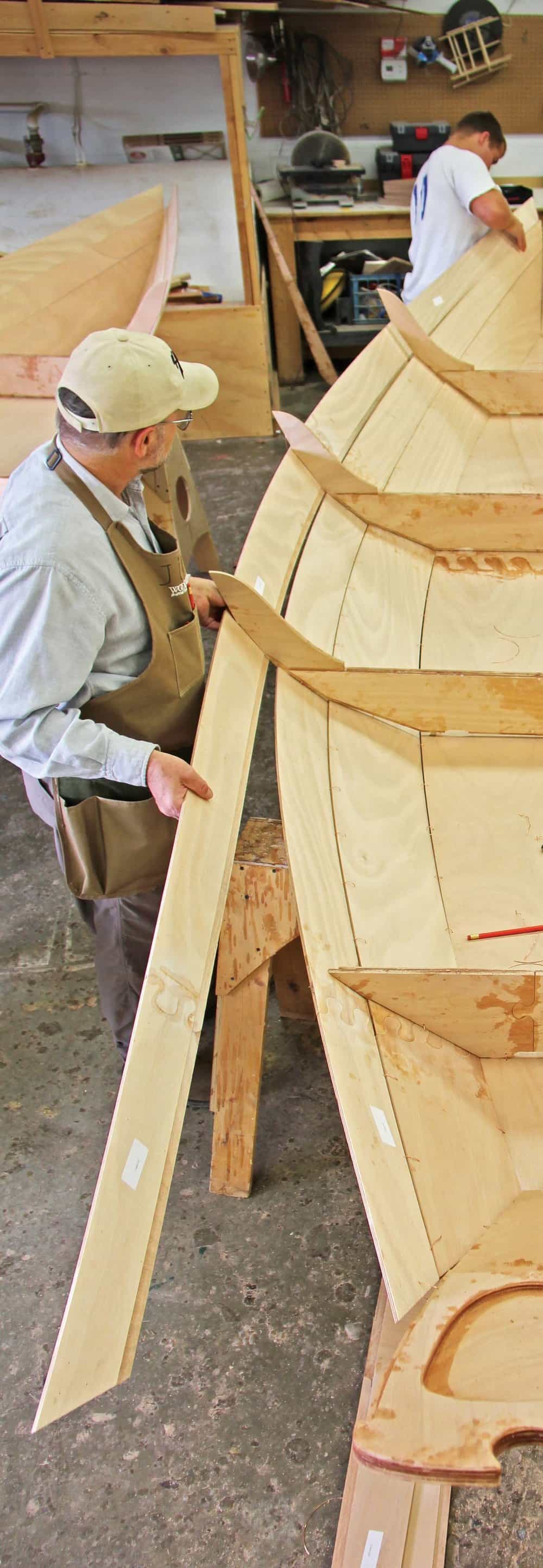
“I actually got pretty good at calculus,” Harris muses, as Mozart plays in the background, and the light bounces off the racks of radio-controlled airplanes that have become a recent hobby, something, he says “that can keep my hands busy” while he’s home with his five-year-old daughter. “I do math all the time now.”
Sometimes it takes people decades to find out what they truly want to do; some people never do. Harris’s passion has always been about small, intriguing boats—studying them, conjuring them, drawing them, building them. Throughout high school and college, he filled notebooks with drawings and sketches, some of which he still taps into today to create new designs for CLC.
“I got through high school doing extra credit in math class drawing boats and figuring out displacement and stuff like that,” he says. “My grades were lousy, but I would turn in these nice boat designs where I have figured out hydrostatics and things like that.”
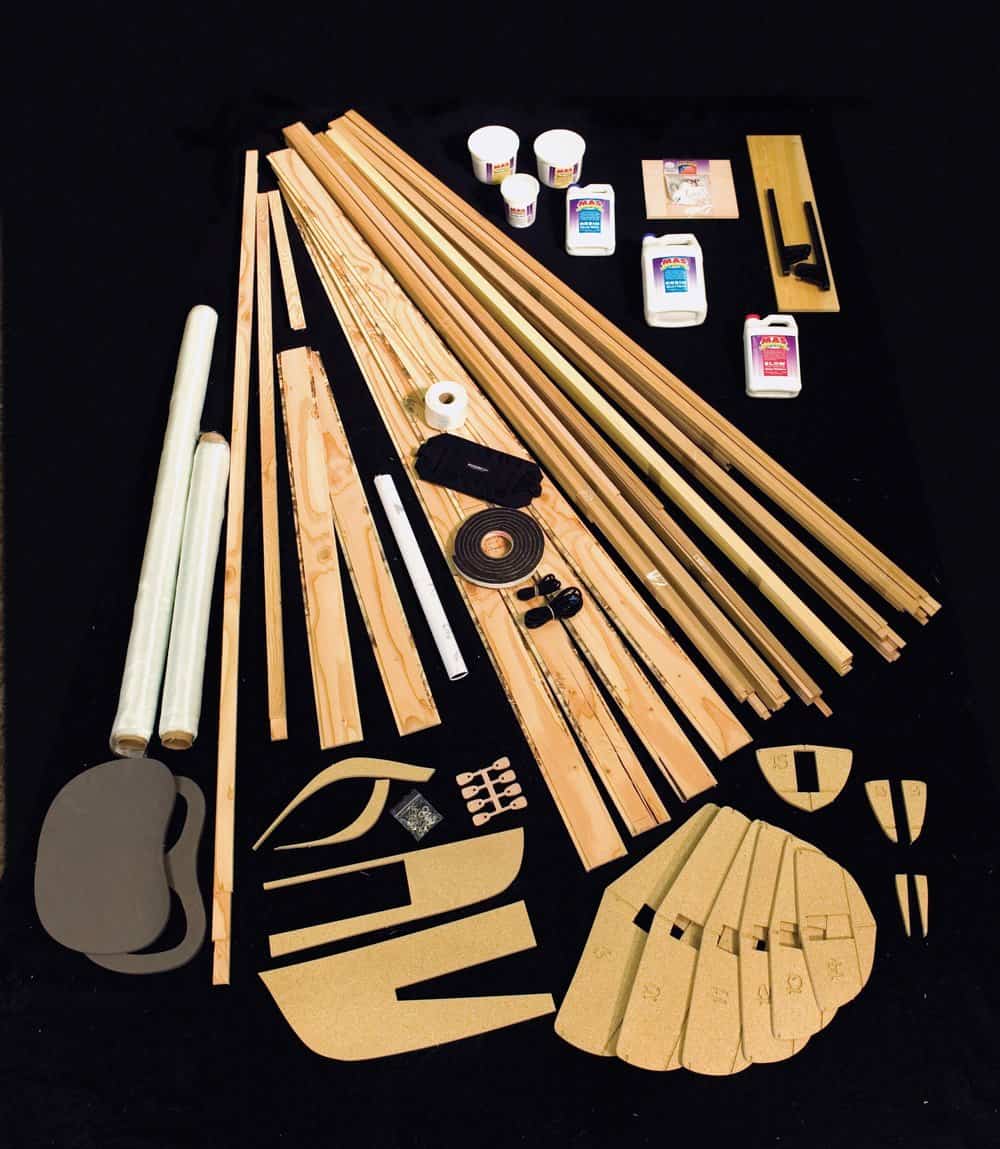
He chose Washington College for its location on the Chester River and sailing team, its writing program (he’s a prolific and talented writer) and its proximity to the Eastern Shore’s wooden boatbuilders and designers. While pursuing his music major (trombone), he spent his spare time getting to know the local boatbuilders and their art—John Swain, Graham Ero, Jay Benford, and the craftsmen at the Cutts & Case yard in Oxford. “These would be my weekend expeditions,” he says.
During the school year, he worked for John Wagner, then the college’s waterfront director, helping maintain the school’s boats in exchange for space to build his own boats.
“These are work-study, hang-around-the-boathouse doodles,” Wagner says, showing a handful of Harris’s college drawings that are manifested today in CLC designs like the popular Pocketship. “So he’s a person who has had this stuff in his mind and he developed…and turned it into reality. So many people have dreams and visions and that’s as far as it goes. He just does it.”
By the time Harris graduated, he had a decent portfolio and a job at a small boatbuilding shop in Chestertown. In that shop was a subcontractor making Chesapeake Light Craft kits, the production end of the business that was run from Arlington, Virginia, by its founder, entrepreneur Chris Kulczycki. Harris was keeping the books, and he noticed that this was carrying the shop’s whole business.
“All the other stuff was losing money. And I thought, if you want to stay in small wooden boats, which is what I wanted to do, the only way this is possibly going to happen is if I can do some sort of mass production setting where I’m turning out wooden boat widgets all the time,” Harris says. “That’s the only way I’m going to create a cash flow that’s going to let me have fun and experiment.”
When the boatbuilding shop, strapped for cash, laid him off, he went to Kulczycki with the idea of setting up a new shop, and in 1995 they established CLC in Annapolis, in what is now the showroom of today’s much-expanded business. “And then we caught the sea kayak craze of the 1990s,” says Harris, who soon became general manager, “and that’s what we made; sea kayak kits. The business grew like crazy for
four years.”
Eventually, though, Kulczycki wanted to sell it, and when he hired a broker, Harris had to do a little soul-searching. “If you’re the general manager, what happens if someone sells the company is that you get sacked, because they’re going to put their own manager in,” he says. “And I realized, I love my job. I get to play with boats all day.”
The problem, of course, was money. Harris was 27 years old and had about four grand in the bank. “So I did what anyone trying to raise money in the marine business should do, which is go visit your local sailmaker, because they know all the rich people.” He tells a funny story about when that sailmaker found him an angel investor. The sailmaker called him on a Saturday morning.
“I was wearing a dirty shirt and torn jeans, and he called me and said, ‘I think I have somebody who could help you.’ And I was like, ‘OK, can we make an appointment because I’m kind of running around here.’ And he said, ‘No, I’ll be there in five minutes.’ ’’ Needless to say, Harris was a little freaked out to face this critical interview covered in sawdust and on such short notice. But, “the guy comes in, I gave him my pitch, and he said, ‘OK, I’m in.’ ’’
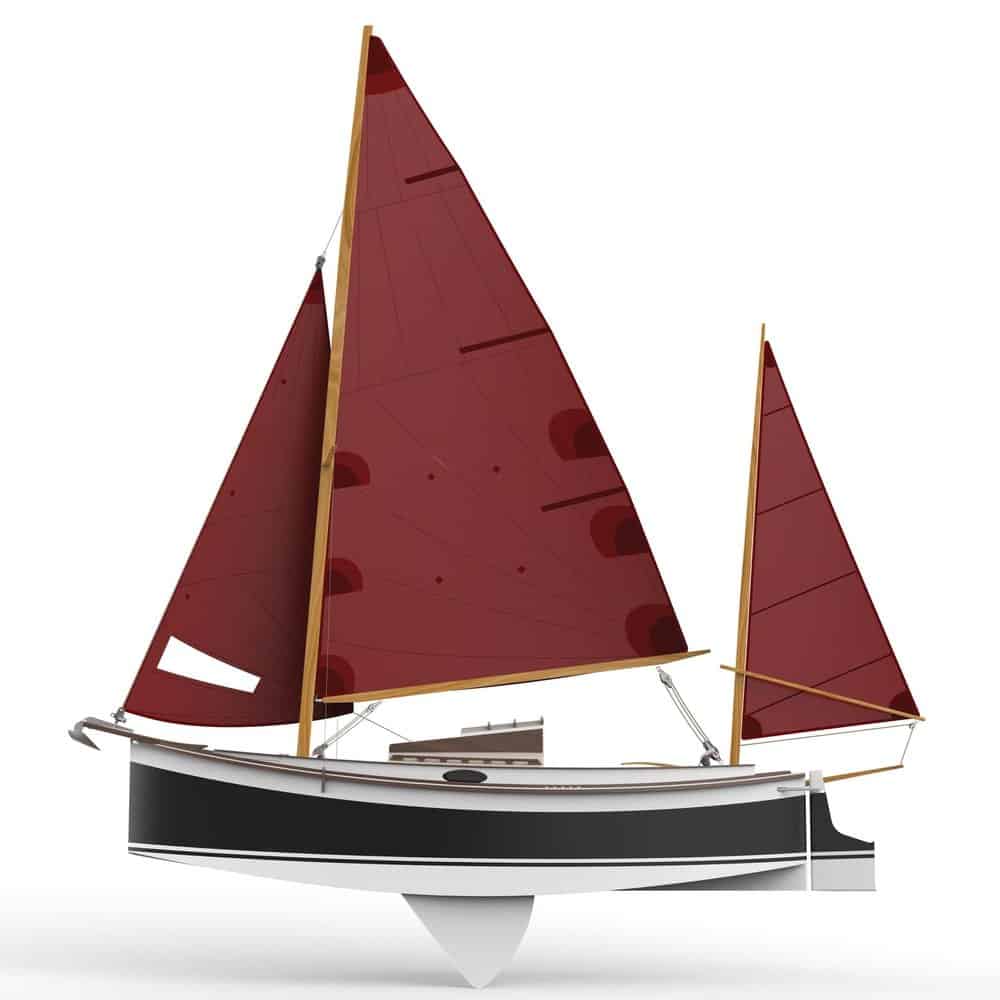
Harris still had to raise some of his own capital, so he turned to his college roommate, whose dad was a Bank of America VP. Eventually, he gathered enough investors to buy the business in 1999, “a transaction in the millions of dollars. I was 27, and now I had a board of directors, and they wanted their money back, and let’s just say the next five years was an adventure.”
Looking back on it, he calls the whole thing “wondrous strange. I could never do it now. I wouldn’t have the confidence now. But when you’re 27, you’re just blithely confident.”
Answering to a board of directors, though, was a new challenge. By its nature, the board was far more conservative than Harris, demanding focus groups and other mechanisms to vet new designs. Harris, “was eager to please,” but he chafed under the creative constraints.
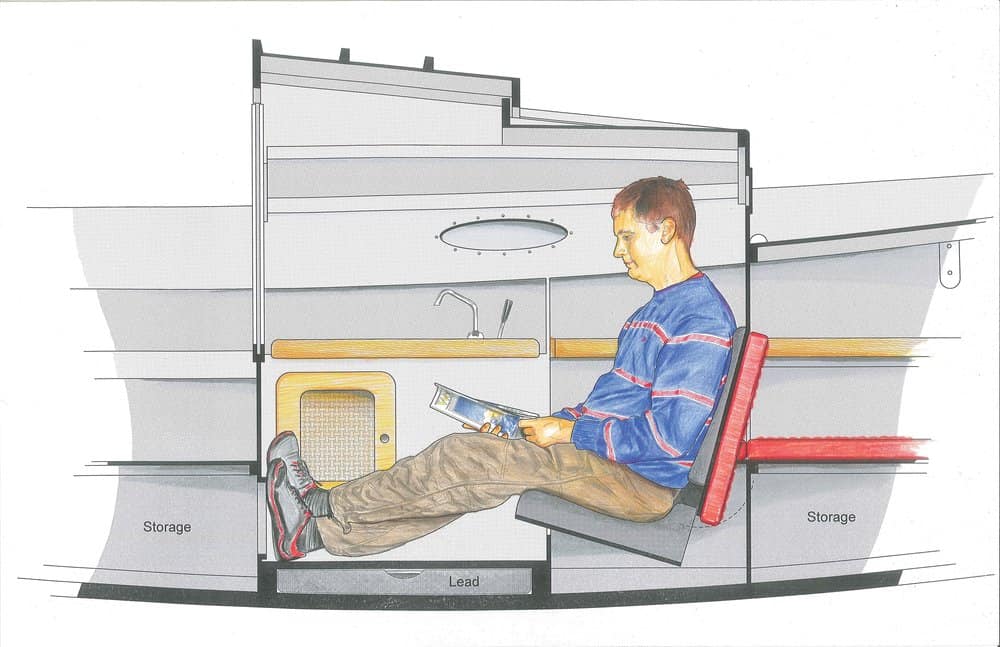
“The foundation of Chesapeake Light Craft’s success has always been creativity, trying things out, doing things a little bit different, having some fun, and bringing in an affinity group of people who appreciate interesting small boats,” he says. “This costs money to do. It costs money to try out ideas and fail. If you want to make it, you’ve got to be a maker. You’ve got to make something that’s unique that can’t be easily or legally copied, and the only way to get there is to be willing to not make any money for a long time. And just keep trying fun stuff. Back in board of director days, designs ended up being very bland; they were very safe.”
Eventually, with the help of that angel investor, Harris was able to buy the entire business in 2004. “I finished the business loans in 2009, and immediately embarked on the way I thought it should be, which is creativity first and the sales will follow. And that has been the case ever since, just coming up with fun ideas and pursuing them to a logical conclusion. Sometimes they’re just random. Like the teardrop camper—I don’t know where that came from. I always wanted one. And I thought we could use our method to build one. But you never could have gotten that past the board of directors.”
The teardrop camper, which really is like a small boat on land with the same cheeky, peapod appeal of some of CLC’s dories and tenders, has tapped into the tiny house fandom, another of Harris’s side passions that goes hand-in-hand with small, functional, fun boats. Without running a single ad for it, CLC sold 200 in the first 15 months, Harris says. “Even just the unfinished prototype on our Facebook page got a huge response. It just exploded. We’ve never done anything in our history that has gotten such a response. It’s crazy.”
All the same, he’s wary of this success. Although CLC actually grew through the Great Recession, selling smaller, less expensive kits but lots of them, Harris knows he has to make the business as resilient as possible. To that end, CLC is adding other, smaller kits, like a handy wooden tool chest and models of their full-size boats.
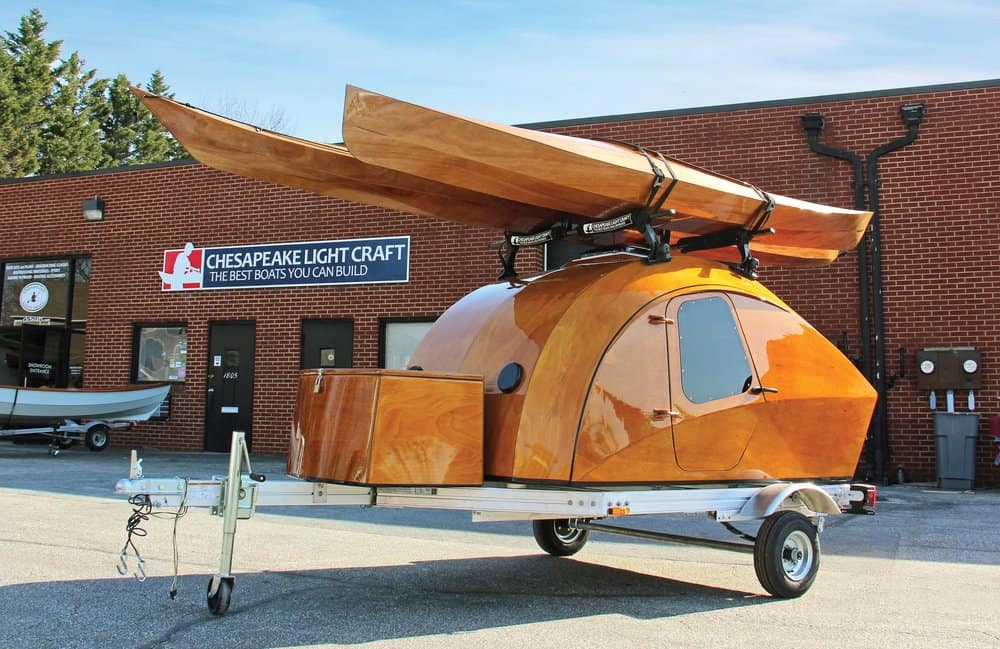
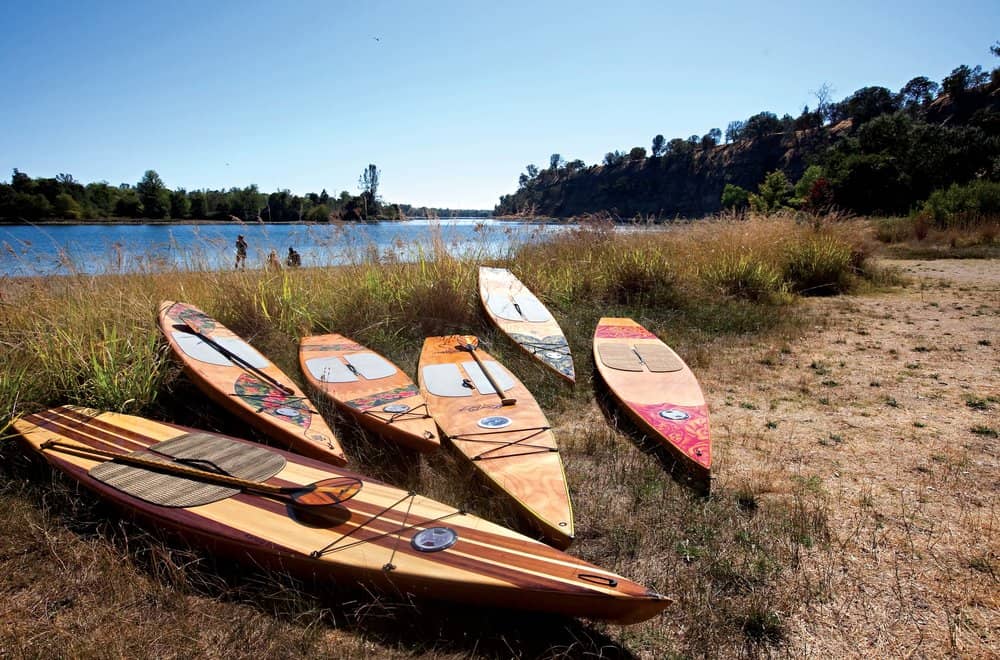
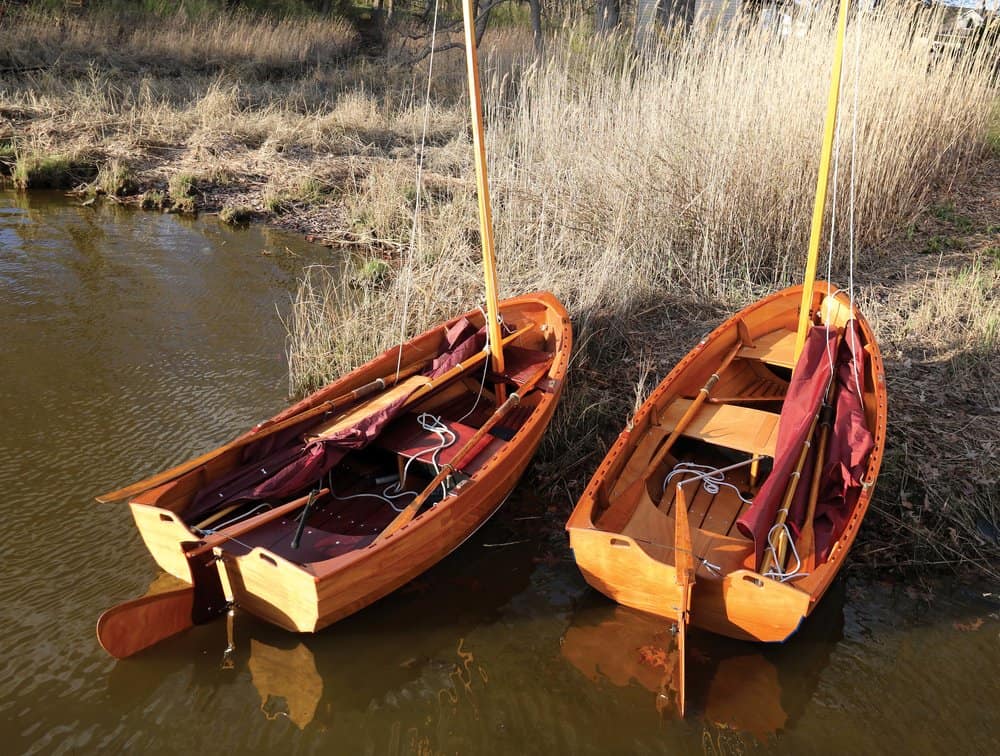
“It’s hard to compete with China, so we have to keep coming up with products we can not only build here but make affordably here,” he says. “The race is on against Amazon, and that’s my job, to make sure that we have a product line that people will keep buying and that’s unique enough to not need Amazon for, and that people will keep spending money on, even during recessions. What we’re trying to do here is just be makers. The people who can make stuff will do OK.”
To fuel that collaborative maker culture at CLC, Harris seeks like-minded creatives. “I’m hiring them and giving them a long leash. And they’re just brilliant. Suddenly, I’m managing creative people for the first time, and it’s wonderful.”
One of the clever bonuses he offers his employees is one free kit of their choice per year. They build the kits, which gives them first-hand knowledge of the customer’s experience. When a customer calls or emails with a question or problem, chances are someone at CLC can speak directly to it, and that hands-on camaraderie nurtures the intense loyalty and nearly cult-like following so many people have to the boats and the company.
Harris estimates he’s about 85% management now, which comes with its own challenges.
“I’m a big believer in whimsy. It’s been hard to keep that. Now that there’s 23 people here, I’m struggling with that.” He has established a new discipline each morning, he says, before tackling the daily firefight of running a thriving business, to just draw a boat, to bring everything full-circle to that artistic, curious kid enchanted by the notion of building a little boat and taking off—anywhere and everywhere—in it.
“It might be very normal or very weird, but it’s how I keep centered,” he says. “It’s like my Zen. This is why I’m here.”
As you read this, Wendy Mitman Clarke and her husband are probably in their garage, building their first CLC kit, a teardrop camper.

